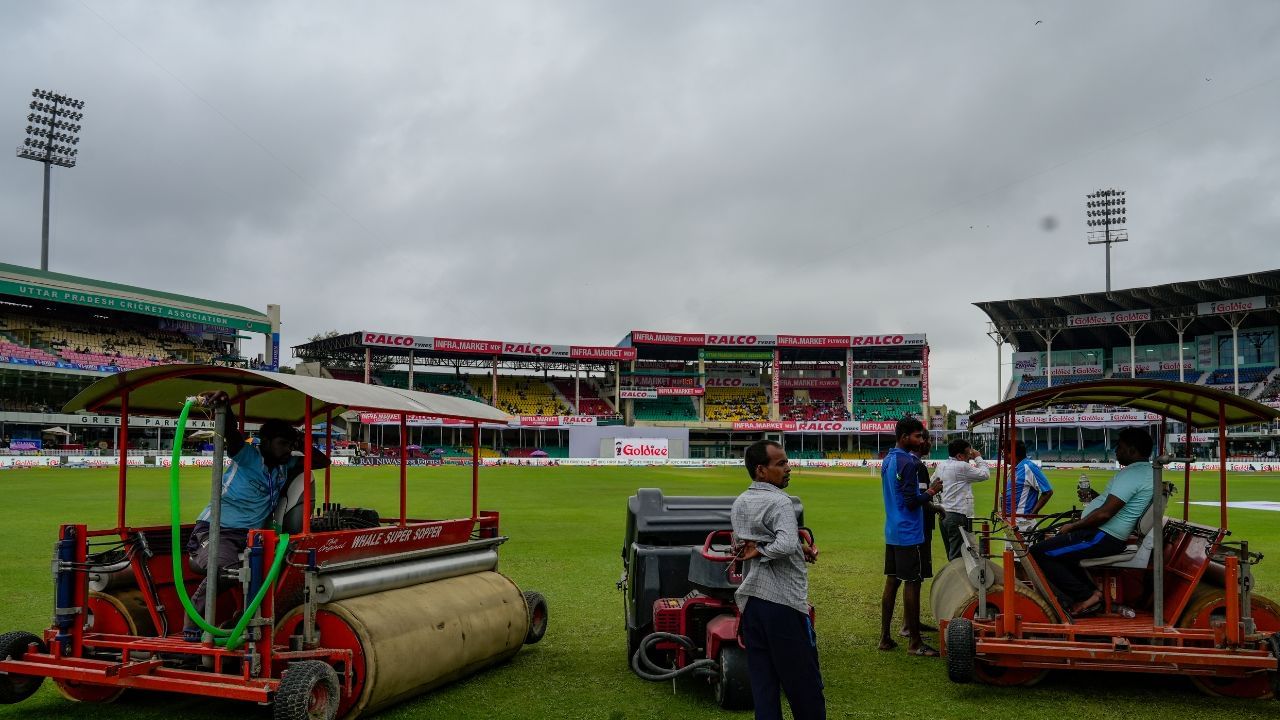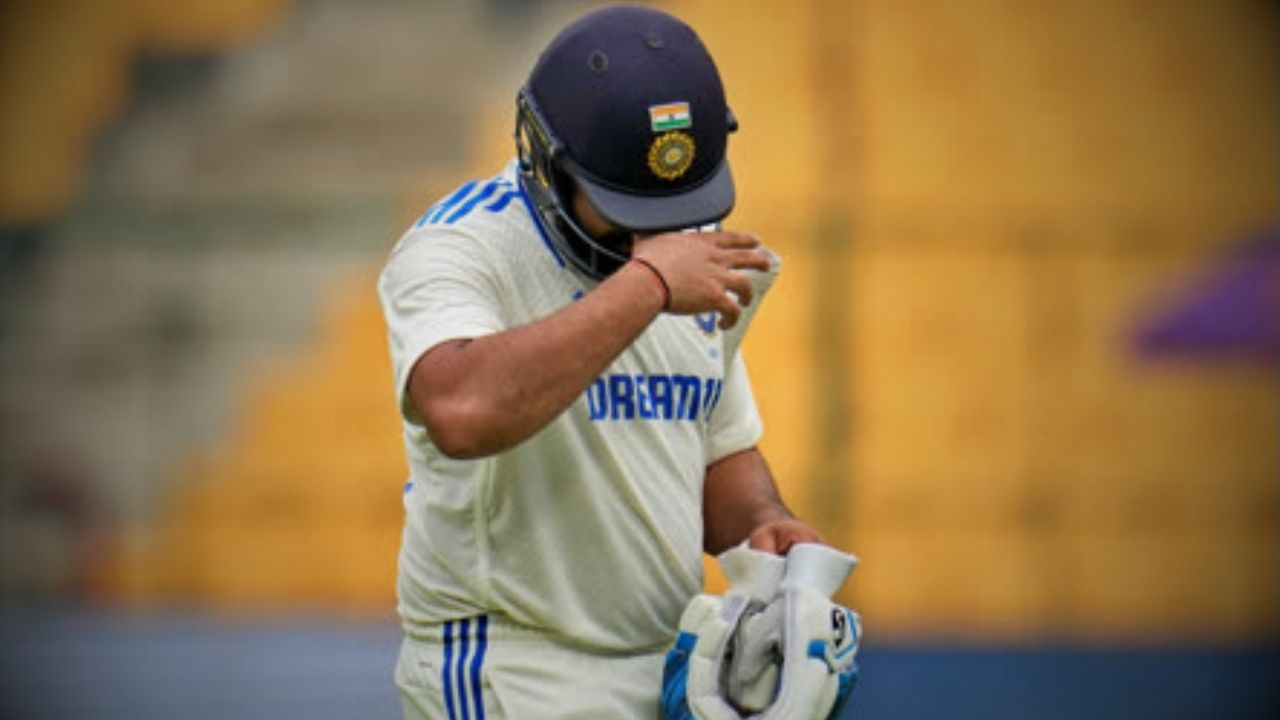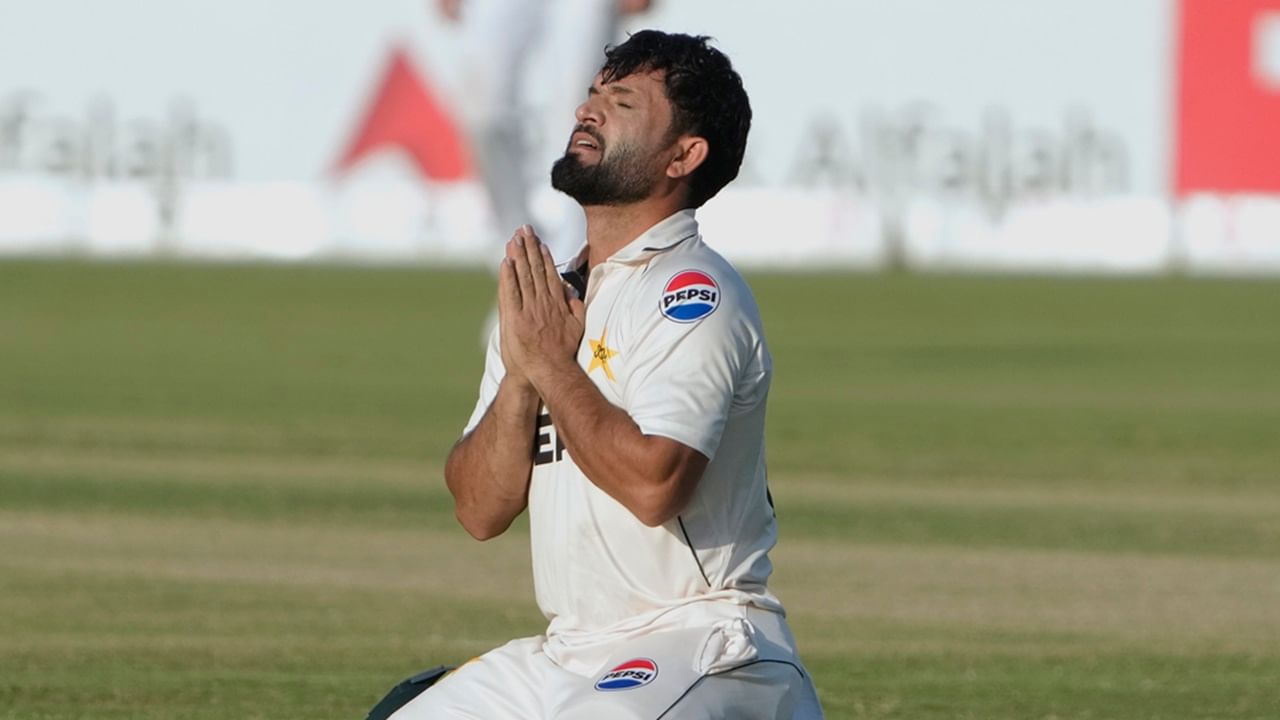The ongoing second Test match between India and Bangladesh at Green Park Stadium in Kanpur has been a source of frustration for both players and fans alike. The weather has played a significant role in this disappointment, with rain interrupting play from day one. On the first day, only 35 overs were bowled, and the entire second day was washed out due to relentless rain. Although hope was rekindled on the third day when the rain ceased, the ground remained too wet for play, resulting in the cancellation of that day’s action. This unfortunate circumstance has led to discussions about the need for advanced ground management systems, akin to those in use at other major cricket venues in India, particularly the state-of-the-art M Chinnaswamy Stadium in Bengaluru.
The Revolution at Chinnaswamy Stadium
Located in Bengaluru, M Chinnaswamy Stadium is often referred to as the second home for cricketing star Virat Kohli, who has played for the Royal Challengers Bangalore (RCB) in the Indian Premier League (IPL) for 17 years. A similar scenario to the current Kanpur Test unfolded during a match between India and South Africa at the Chinnaswamy Stadium in 2015, where only 81 overs were bowled over four days due to inclement weather. However, the significant difference lies in the implementation of a sub air drainage system, which has proven to be a transformative solution in tackling the challenges posed by waterlogged pitches.
What is a Sub Air Drainage System?
The sub air drainage system is an innovative, high-tech solution designed to efficiently manage excess water on cricket fields. This system incorporates a robust 200 horsepower machine capable of removing an astonishing 10,000 liters of water every minute. Such rapid drainage means that despite heavy rainfall, the ground can be restored to playable conditions swiftly, reducing or even eliminating match cancellations. The system is equipped with smart sensors that continuously monitor the field. Once moisture is detected, the system automatically activates, enhancing its efficiency and effectiveness.
One of the primary advantages of this advanced drainage technology is its digital operation. Unlike traditional methods, the sub air system utilizes sand instead of soil to expedite drying. According to PR Viswanathan, the BCCI South Zone Curator, the decision to implement sand is crucial as it absorbs water quickly and minimizes surface slippage, which significantly lowers the risk of player injuries. Additionally, this system provides not just drainage but also aeration, allowing essential oxygen to reach the soil, thereby ensuring healthy grass growth on the field.
Investing in the Future of Cricket
Despite its clear benefits, the installation of a sub air drainage system is not without challenges. The process requires the complete removal of soil from the cricket pitch, which is then replaced with sand. This initial setup incurs significant costs, averaging around Rs 4.5 crore. Additionally, ongoing maintenance is also an expense that cannot be overlooked, with monthly costs reaching approximately Rs 7.5 lakh. It’s essential to note that the Green Park Stadium is managed by the Uttar Pradesh Cricket Association and does not come under the jurisdiction of the Board of Control for Cricket in India (BCCI), which means that any potential installation of such a system would rely on their initiative.
The Case for Kanpur
The recent rain-affected Test matches serve as a strong reminder of the pressing need for improved infrastructure at venues like Green Park Stadium. Implementing a sub air drainage system would not only enhance the quality of the matches played but also improve the overall fan experience by reducing delays and cancellations due to weather. As cricket continues to evolve and grow in popularity, adapting to modern technologies such as these is crucial for maintaining the sport’s accessibility and enjoyment for all.











